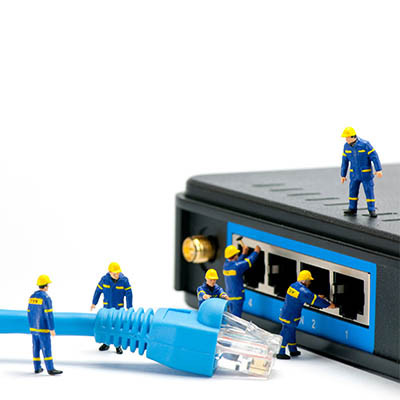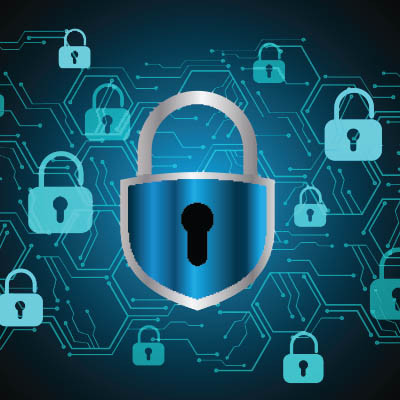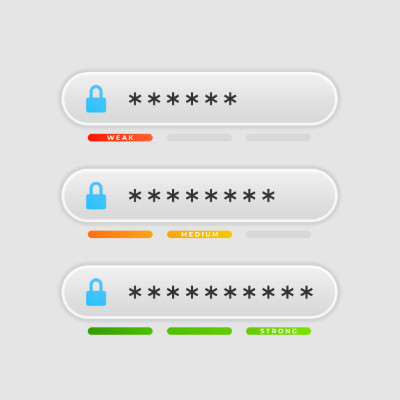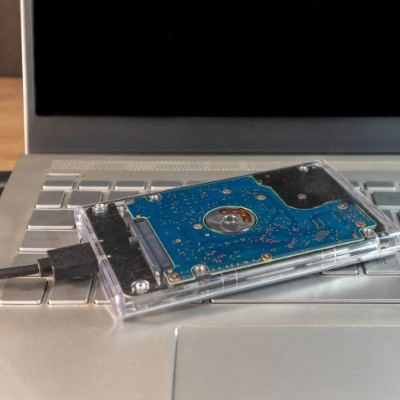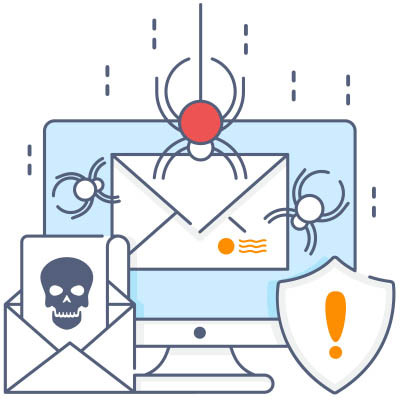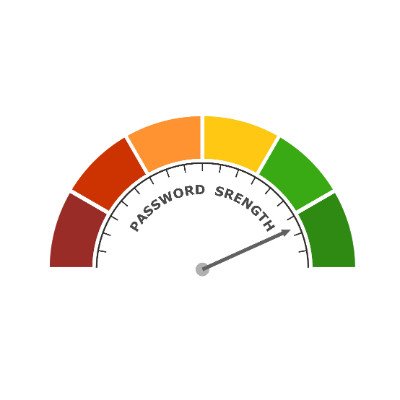Listen closely. Hear that? It's the subtle, almost invisible hum of technology, the tireless engine powering your sales, streamlining your communication, and orchestrating your daily operations. We've all become wonderfully reliant on this digital symphony. Here’s a thought that might not hum so quietly: what’s the environmental encore of all this tech that keeps our businesses thriving? It’s a conversation that’s not just worth having; it’s essential.
Global Tech Solutions Blog
You’ve probably heard a bit about blockchain. It’s a technology that is typically linked with cryptocurrencies, but its function is much more. It actually has the potential to transform everyday business operations significantly, if used properly.
Forget the complex technical stuff. At its core, blockchain is like a highly secure and transparent digital record-keeping system. Imagine a shared ledger where every transaction or piece of agreed-upon information is recorded as a block. Once a block is added to the chain, it's cryptographically sealed—meaning it cannot be altered or deleted. Everyone with authorized access sees the same information, creating a foundation of trust and clarity.
Imagine leaving the physical doors of your business unlocked overnight. The thought is unsettling, isn't it? You wouldn't risk your assets, your hard work, and the trust of your clients like that. That's precisely the risk many small to medium-sized businesses (SMBs) unknowingly take by underestimating the importance of cybersecurity.
Let’s explore just how important proper cybersecurity truly is.
We dedicate significant attention to safeguarding your digital assets, but have you cast a similarly critical eye on the tangible security of your business premises? Nowadays, ensuring the safety of your physical office, its valuable assets, crucial resources, and most importantly, your dedicated employees, is paramount.
We want to highlight the range of options available to help you effectively manage your physical infrastructure.
Businesses used to think that it was worth waiting around for technology solutions to break before servicing them. In fact, it was such a commonplace practice that it’s still prevalent (although to a significantly reduced degree) today. We want to look into why it just makes sense to leave the old break-fix IT model behind in favor of a more proactive approach.
Today, IT tools and services are essential for businesses of any size. They provide the direction, stability, and connectivity needed to thrive in an increasingly digital landscape… but what exactly are these "IT tools and services," and why should they be a priority for your business, specifically?
Simply put, they encompass the hardware, software, and expertise that enable your business operations, from managing customer relationships and streamlining workflows to safeguarding critical data. Let’s talk a little more about why they need to be prioritized.
A strong cybersecurity posture isn't just about installing the latest software or ticking boxes on a compliance checklist. It's about building a culture of security where every member of your team is actively engaged and invested in protecting your collective digital well-being… but how do you achieve that buy-in, beyond simply mandating policies?
It starts with illuminating the "why" behind the "what."
Artificial intelligence is becoming ubiquitous in the business technology sector and for good reason. It’s allowing small and medium-sized businesses to do more and compete with businesses that were previously just ahead of them.
Today, we want to go over some (reasonably) easy ways you can use AI in your IT operations to make your business more efficient.
Quick—how many passwords do you have to remember? Chances are, it’s more than you might expect… especially when you factor in both your personal ones and those you maintain for your business.
After all, it is risky to the point of irresponsibility to repeat your passwords across accounts, especially those you maintain for your business. This kind of repetition can easily lead to financial losses and reputation damage, as it facilitates a data breach.
If you’re a smart manager, you're always looking for ways to optimize spending and enhance your organization’s ability to be efficient. Voice over Internet Protocol (VoIP) isn't just a trendy tech term; it's a strategic financial move that can significantly impact your bottom line. Today, we get into how VoIP translates to real cost savings.
Running a business today presents unique opportunities and challenges. For instance, safeguarding business information and systems—both physical and digital—is no longer just an IT department concern; it is fundamental to operational continuity and overall success.
The real question is whether or not you are prepared to deal with the threats you’re practically guaranteed to face.
While you want to believe the best of your business, including your IT staff, it’s important to recognize when they’ve reached their limit regarding knowledge and workload. To combat these limitations, you can work with an outsourced IT provider. Combining the two can help you meet your business’ technology needs.
There are a lot of ways that a business’ data is at risk. Hackers can inundate your network with malware, some kind of natural disaster can befall your place of business, you could be the victim of sabotage, or someone who works for you can just mistakenly delete a critical file. With so much risk, it’s a good idea to have a comprehensive backup and recovery plan in place so you have access to a copy of your data should any of these unfortunate situations come up.
Want to run a business without technology? You’re in the wrong line of work; technology is so deeply ingrained in business that it’s not going anywhere. From your communication platform to your point-of-sale software, you need technology, and where there’s technology, there will inevitably be a need for technicians.
Every day, cybercriminals wake up and choose violence.
Whether it’s a nasty strain of ransomware demanding a king’s ransom or a sneaky little virus that just wants to watch your business burn, the threats never stop coming. That’s why locking down your business is as essential as putting cream in your morning coffee.
How much time and money do you spend wrestling with your business’ software? Between updates, license renewals, and that one employee who keeps accidentally deleting their email app, it’s enough to make you want to scream. Unfortunately, software is kind of non-negotiable. You need it. So, should you go old school and buy it outright, or should you consider moving to the cloud and employing Software-as-a-Service?
With remote workers, you have a lot more questions to consider on a daily basis, especially in the realms of productivity and security. If you’re not careful, you could put your business at risk. Here’s how you can face these challenges head-on and ensure your organization doesn’t suffer any negative side effects of remote work.
In the interest of communicating how critical proper business cybersecurity is to manage, we’ve decided to take a different approach and put forth a scenario in the form of a daytime soap. As such, please feel free to read this post with dramatic music playing in the background and all dialogue imagined with elevated intensity.
In the town of Oak Falls, life seems peaceful… but under the surface, tension persists. Secrets run amok, and with so much information to take in, everyone has to worry about the Strength of Our Passwords.
Two things are invariably true in the modern business landscape: technology will play an integral role in operations, and obtaining this technology will require a relationship with vendors and service providers. As such, anyone seeking to run a business successfully must interact with these external parties and enter into business contracts.
This needs to be handled carefully, so while we aren’t offering legal advice, you should follow a few practices before and during the negotiation of an IT contract.




